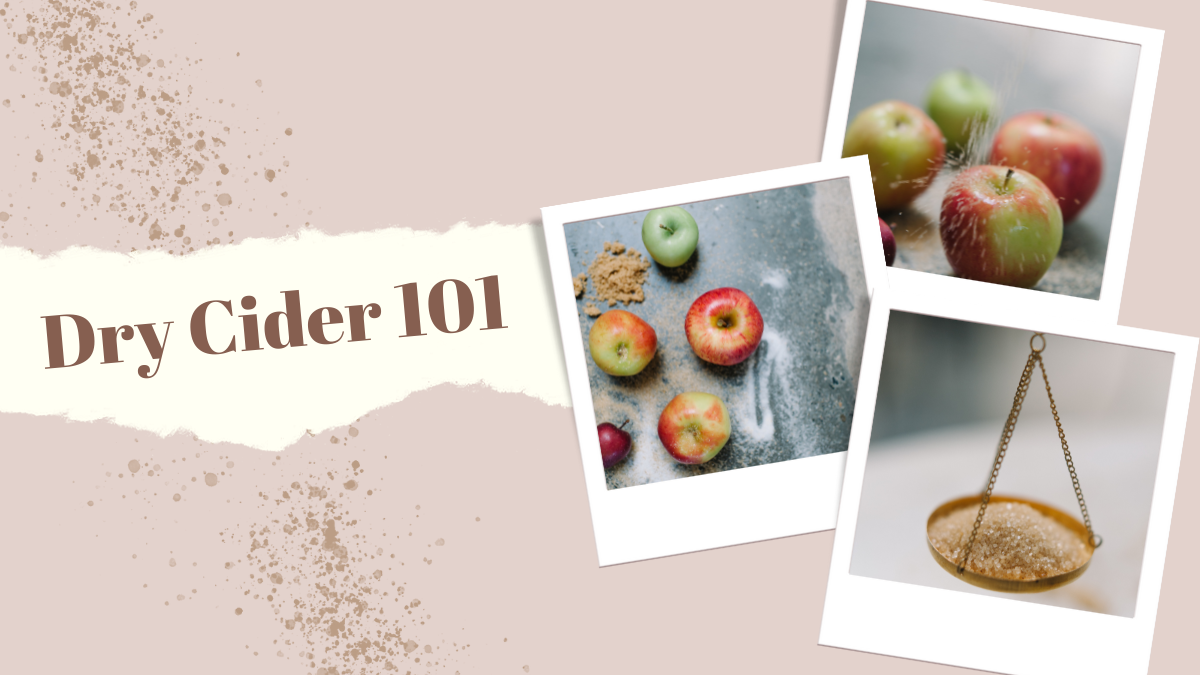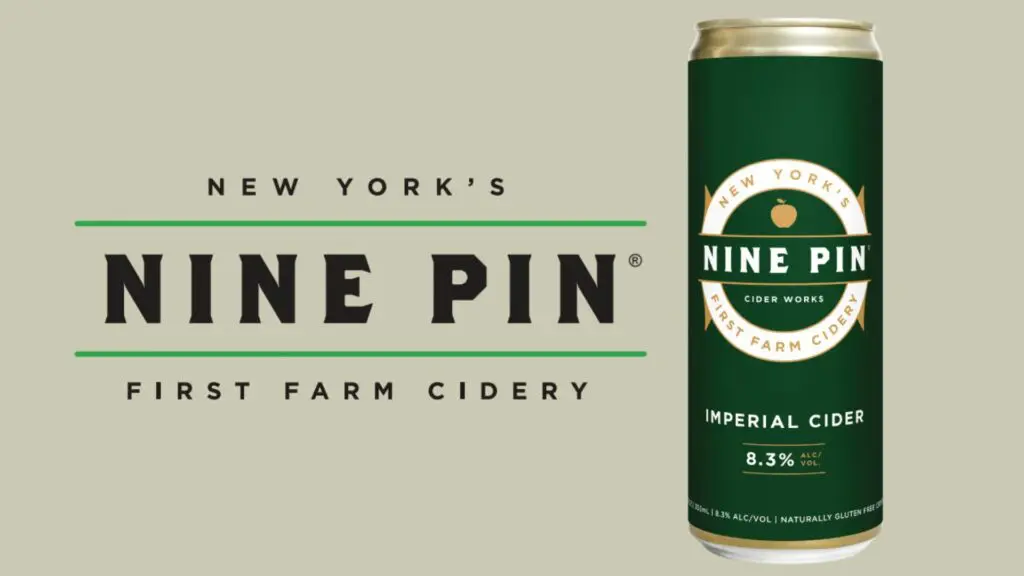While there is plenty of talk about Dry January in our social media feeds, there’s another type of challenge in the cider community this month. Dry Cider January was a campaign initially promoted by the American Cider Association, and cidermakers and cider enthusiasts have quickly caught on in a multitude of ways. Dry Cider January is all about celebrating and showcasing the unique qualities of ciders in this category. But in order to truly participate to the fullest, it’s important to know what exactly constitutes a dry cider in the first place.
First thing’s first: Cider is made by fermenting the sugars naturally found in apples. Yeast is added to pressed juice which feeds on the existing sugar, ultimately releasing carbon dioxide and creating alcohol. The amount of sugar left in the cider after fermentation is what many cidermakers use to determine the drink’s dryness level or category. That level can range from no residual sugar, meaning dry, to a higher amount of residual sugar, meaning sweet.
“It’s worth mentioning that over the years there has been interest within industry groups in developing a standard scale for dryness that cideries could adopt,” says Ben Rule, director of sales and marketing for Champlain Orchards. “This would help guide consumers to products they would most enjoy while exploring different brands.”
Though there can be some differentiation in the cider industry between perceived dryness versus actual dryness, many cideries, like Champlain Orchards, designate dry ciders as those with no remaining sugar measured in the final product.
Often, dry ciders may also be considered a bit healthier due to their lower sugar content and, correspondingly , their lower calorie count. “We find them more versatile with food,” adds Rule. A crisp, refreshing dry cider can make for the perfect pairing to everything from an elaborate cheese plate or pasta to crepes.
Long gone are the days of cider having a bad reputation of being too sweet. And the perception of dry ciders being flat and boring is shifting as well. Now, dry ciders are proving that they can be full-bodied, fruit-forward and perfectly balanced — without the residual sugar.
“We utilize varieties like Foxwhelp, Kingston Black and Dabinett to bring acid, tannins, herbaceous and spice notes to the table,” says Rule. “Our ‘Low and Slow’ approach to fermentation helps preserve some of these more delicate notes that can be lost in a faster, warmer fermentation process. Although this approach may not yet attract the largest pool of current cider drinkers, there is certainly a growing appreciation for truly dry cider as our industry evolves.”












 Looking for the perfect w
Looking for the perfect w
 BREAKING NEWS
BREAKING NEWS 






